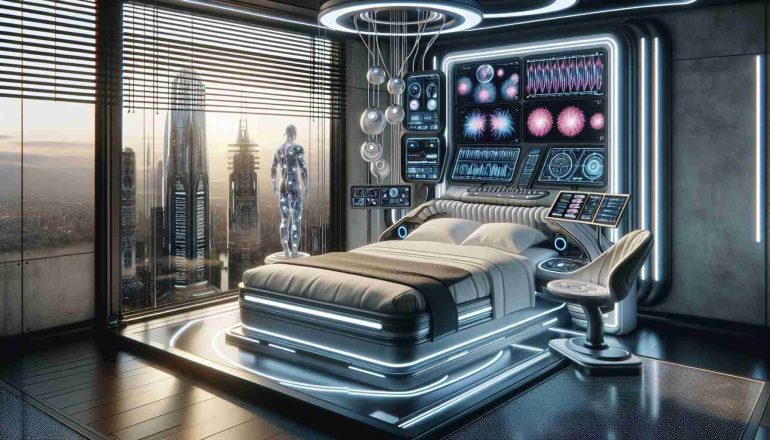- Neurotechnology is advancing towards capturing and visualizing dreams in a cinematic format.
- AI and brain wave monitoring are key to decoding and displaying subconscious thoughts.
- Advanced brain scanning techniques like fMRI are foundational for training AI models.
- Companies like Neuralink are making significant strides in neurotechnology, expanding its applications to dream interpretation.
- The potential for dream recording raises important ethical and privacy considerations.
- While offering profound insights into the human mind, the technology also poses risks related to AI accuracy and merging digital and subconscious realms.
Main AI News:
In the rapidly evolving field of neurotechnology, the line between reality and the subconscious is becoming increasingly blurred as innovative advancements pave the way for significant progress in dream visualization. Imagine a future where a device captures the essence of your dreams during sleep and presents them the following day in a cinematic, trailer-like format. This vision is quickly approaching reality.
Experts in artificial intelligence (AI) and brain wave monitoring are now shifting the conversation from whether AI will be able to decode and display our subconscious thoughts to when it will reach that level of sophistication. Leveraging advanced brain scanning technologies such as functional magnetic resonance imaging (fMRI), researchers are gathering extensive datasets on brain activity. These datasets are laying the foundation for training AI models to decipher brain waves, potentially creating dream recording devices where AI serves as the key interpreter.
Companies like Neuralink, supported by Elon Musk, have made significant strides in neurotechnology, particularly in helping individuals with mobility impairments control devices through brain signals. This concept is poised to extend into dream interpretation, potentially revolutionizing our understanding of the human mind. According to Dr. Bentley, the data needed for dream visualization is already within our brains, and it’s just a matter of developing a powerful enough device to read and interpret it. With AI and sophisticated image generation models, we are nearing the point where dream visualizations will become increasingly accurate as technology continues to evolve.
As the conversation around the intersection of technology and the human mind intensifies, new insights into the future of dream recording are emerging, raising important considerations about the capabilities and implications of this revolutionary technology. The ability to record and visualize dreams could provide profound insights into the workings of the human mind, fostering self-reflection and potentially revealing hidden aspects of one’s psyche. Additionally, integrating AI could offer personalized insights and interpretations tailored to individual dream patterns.
However, there are potential drawbacks to consider. Concerns about the accuracy of AI-driven dream interpretation and the risks of misinterpreting or manipulating personal thoughts are significant. Moreover, the increasing reliance on technology for such intimate experiences could blur the lines between digital and subconscious realms, leading to questions about the implications of this convergence.
Conclusion:
The advancement of dream visualization technology presents a promising new frontier in neurotechnology, with significant implications for personal and commercial applications. As companies like Neuralink push the boundaries of what is possible, this technology could open new markets in mental health, entertainment, and personal development. However, businesses must also navigate complex ethical and privacy issues, ensuring consumer trust as this sensitive and intimate technology enters the mainstream. The market potential is vast, but success will depend on balancing innovation with responsible stewardship of the emerging ethical landscape.

